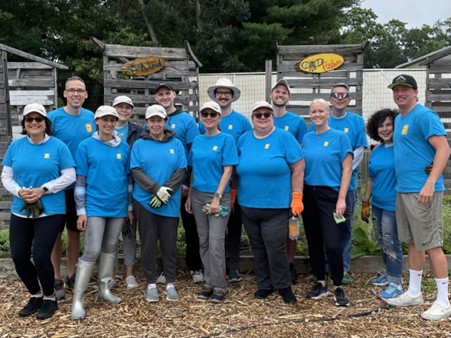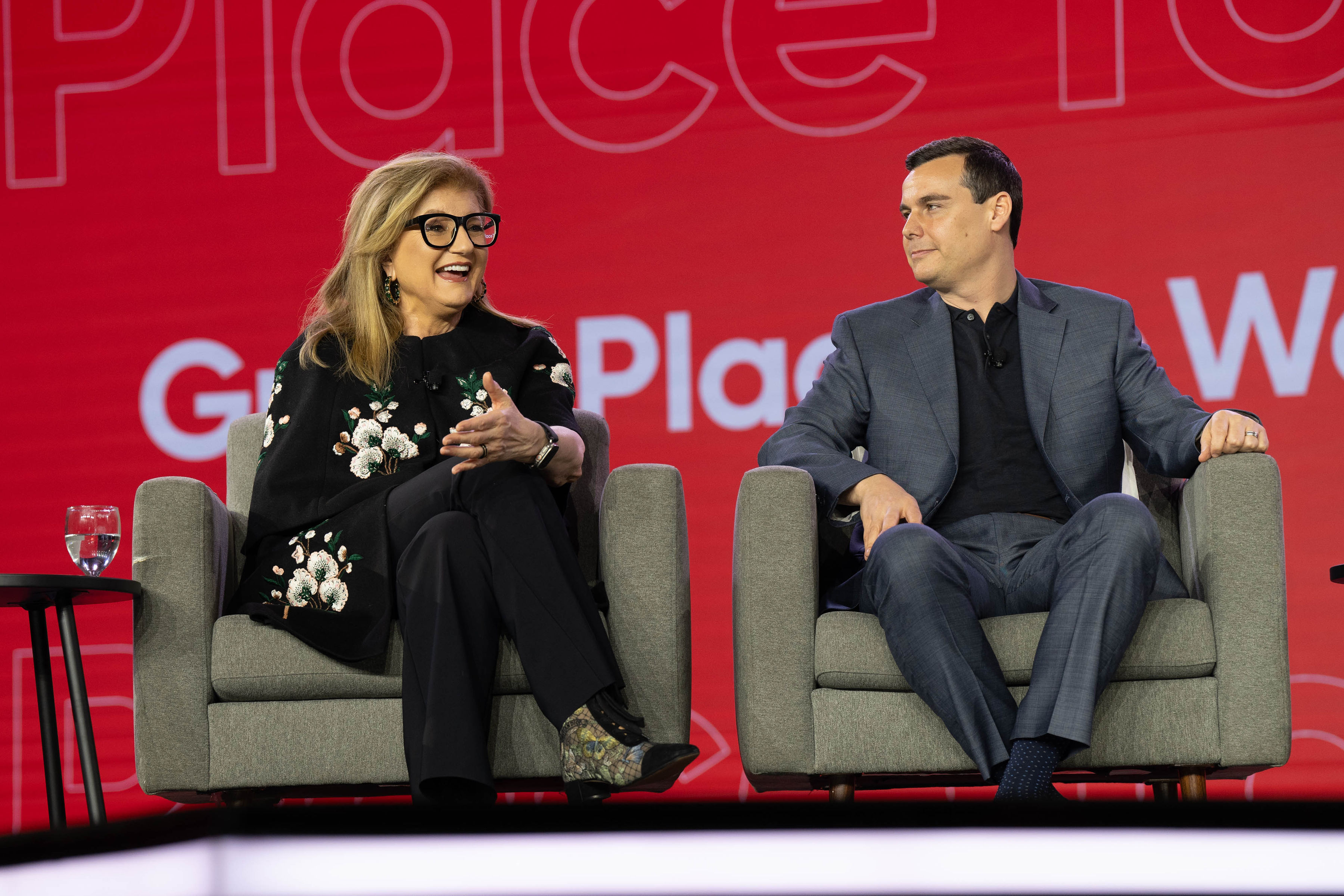Across the globe, people cannot interact in the ways they once did, creating a new era of disconnectedness. What was once simply taken for granted in our society is now risky: being together in a physical space.
Humans require interaction to learn and grow in our interdependent world. Interactions add color, richness and a sense of connectedness to the culture of all companies.
Businesses fortunate enough to still be hiring are faced with a new challenge: 100% remote onboarding.
Are you concerned that your new hires are being shortchanged in their experience of your workplace culture?
There are ways to infuse that culture successfully into your remote onboarding program – novel challenges require novel solutions:
1. Get the organization excited about new hires
Encourage your leaders to anticipate greatness from fresh talent. No one should feel like they have to prove themselves to anyone else – ever.
Your new hire was brought on board for a reason and they’ve already done the work to get there. They have the qualities and skills needed to add more value to the team and bring it closer to the mission.
Here are a few ways to prepare the company to give new hires a warm welcome:
- Ensure leaders articulate how the company’s success and shared purpose is accelerated by new hires
- Make an announcement that celebrates new hires’ unique gifts and who they are as human beings to help your employees get to know them
- Invite new hires to write a few words about themselves so that team members can identify any shared interests or interests that excite curiosity
Connections happen quickly when there is more than just work to share.
2. Assign a “new hire buddy” that embodies your company culture
Your new hires need a friendly face to go to for clarity and guidance about the business.
A buddy system should include regularly scheduled check-ins. This creates a dedicated safe space for new hires to ask questions they don’t feel comfortable asking in a group.
Be intentional about the buddy system. An ideal new hire buddy is someone who:
- Embodies the organization's core values
- Acts as an ambassador of the business
- Thrives as a go-to guide for others
It’s important to be sure that the buddy genuinely wants to be and enjoys being a part of the journey others are on. (Bonus points if coaching is a part of your buddy’s development.)
3. Encourage virtual “coffee meetings” with varying roles in the business
It’s important to set time aside each day for your new hires to establish relationships as soon as possible. This is especially true if your onboarding process is very information-heavy.
This deliberate approach to virtual office connections in a remote environment will accelerate team camaraderie.
Most of these casual meetings should be with employees outside of the new hire’s own role so they can learn about different aspects of the business and connect with the people that can provide context for the big picture.
Since every organization is unique, these informal meetings will enable your new hires to more efficiently connect the dots of your business and associate the information they are getting from the training with the roles that perform these important duties.
In an office setting, these connections may have happened organically. In a remote setting, these dedicated meetings create a more intentional way of connecting to your workplaces’ social ecosystem than ever before.
4. Create an ERG made up of first-year employees & let them meet periodically
It’s already hard to be the new employee in an office setting. In the remote world, it’s even harder. Having an Employee Resource Group (ERG) for all of your relatively new hires to share learnings will foster a sense of camaraderie early because everyone in the group can relate to one another.
An ERG is even better when the new hires are in different roles, because learning in one role could be beneficial for everyone in the group. You can provide prompts for the group meetings to have more intention or allow for free form discovery and natural conversation.
There’s no wrong way to let a group like this connect – it’s more about common ground than having a set agenda. Bonus points for creating a chat channel just for first year employees.
5. Be vulnerable and share the opportunities of the business
No business has perfect processes in place and there’s always room to improve or grow as the world around us constantly evolves. Leaders and individual contributors alike should always voice what’s not working, especially if your company is new to operating remotely.
Your new hires, having started in a completely remote environment, will have first-hand knowledge and ideas for improving the remote experience. In fact, that was the inspiration for this post!
6. Always meet your new hires where they are at, not the other way around
Remote employees do not have the luxury of being shoulder to shoulder with a veteran employee to ask quick questions or get in-the-moment guidance. That kind of support has always shortened the learning curve. Today, questions asked on the messaging platform are answered when someone is available to answer them.
With meetings, time zones, and overall bandwidth, an immediate answer is rarer these days. So, it’s important to give your new hires as much time as they need to learn about the core business and its products/services/offerings and the safety to ask as many questions as possible.
Have a 30-, 60- and 90-day development checklist for new hires to assess their needs and confidence in different areas. But avoid the expectation to know everything by a certain date. Embrace the way they learn and the journey to help them get there. Understanding how employees receive information best is where step seven comes into play.
7. Double up the one-on-ones with people managers
Having one-on-ones with direct reports should be on every manager’s schedule, but new hires in a remote environment should have twice as many one-on-ones for at least 90 days into the onboarding process.
This extra “facetime” is essential for establishing a remote mentor-mentee relationship. It takes time to develop and understand each other’s communication styles, so managers must spend extra time with new hires to cultivate a bond early on that facilitates great communication.
8. Celebrate each milestone with a proper shout out on your communication tool
We’ve all heard the idea of celebrating small wins. Now is an ideal time to put that into practice.
For example, managers can recap what the 90-day onboarding journey of a new hire has brought to the team. Share what the team has learned from them and how they’ve already contributed. Collect anecdotes from those who have spent time with this new hire to share words of encouragement and make your pride in this employee known.
Our research shows that when people are made to feel welcome, the organization itself not only survives during a recession, it thrives. First impressions last much longer than the initial moment, so during this period of isolation in so many other areas of life, focus this time on connecting.
Your new remote employees will have an unforgettable onboarding experience in a space they look forward to logging into every day.
Want to do more?
Run an employee survey specific to new hires after the onboarding period to learn what was most helpful when joining the virtual office culture. If you need more guidance on employee surveys, that’s what Great Place to Work is here for.








